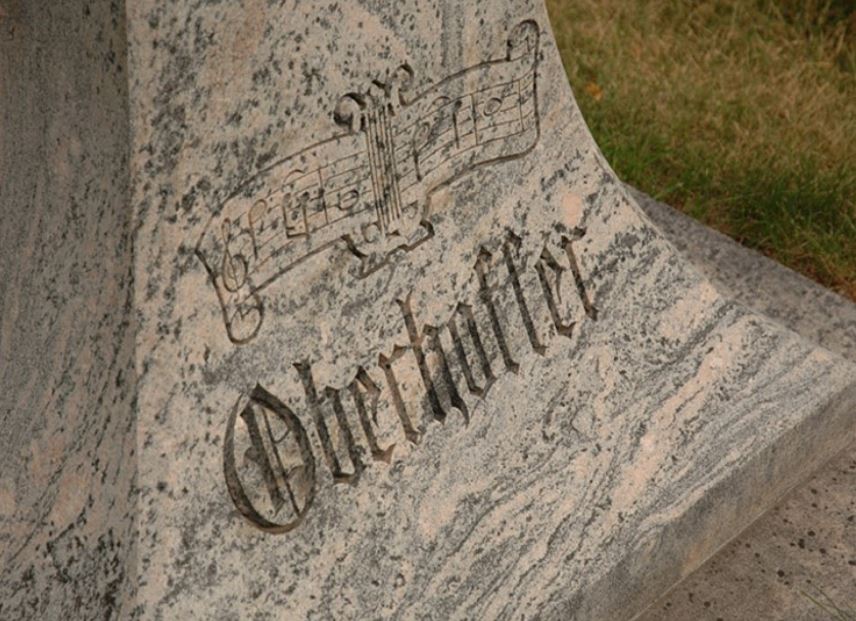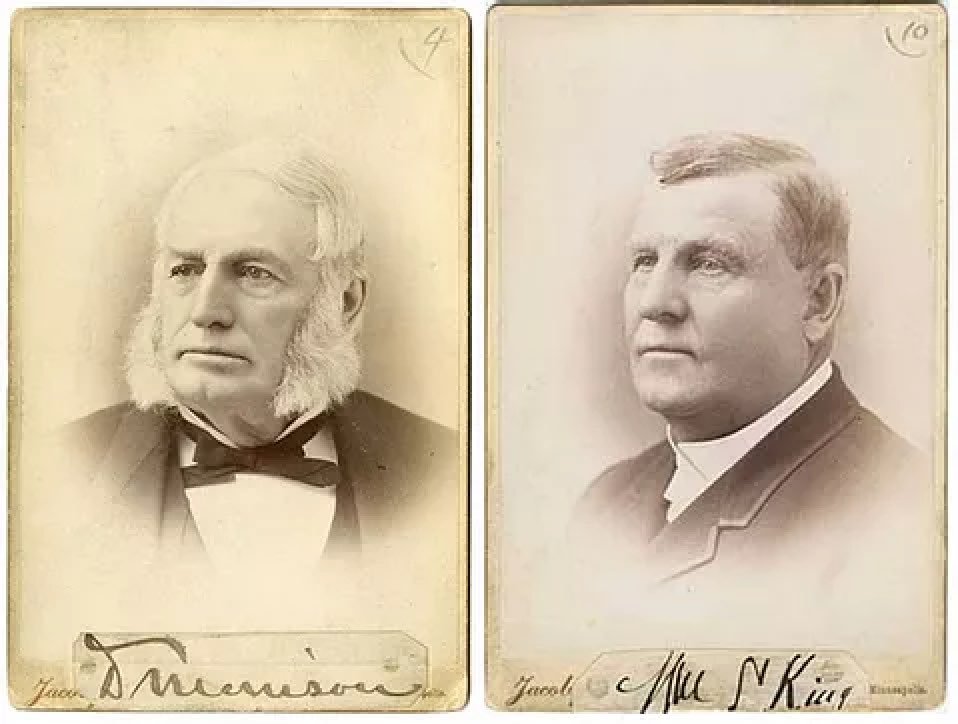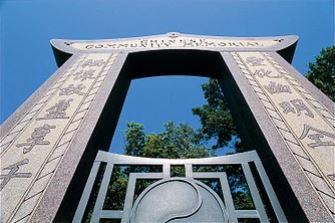This time of year, many of us have sweets on the mind — luckily, in Minnesota, there’s been no shortage of candy makers! As of 2013, Minnesota ranked ninth nationally in sales from candy manufacturing. Did you know that the top selling candy company in the world, Mars Inc., was once based here in Minnesota? Read on to learn more about the company’s founder, Franklin C. Mars, and other Minnesota candy makers interred here at Lakewood.
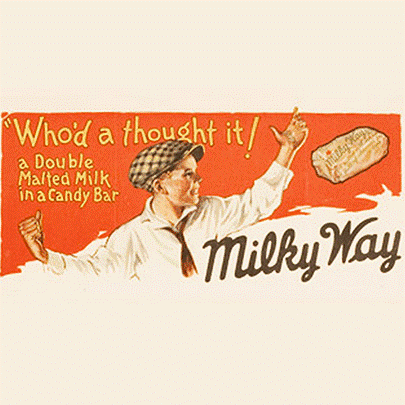
Advertisement for the Milky Way Bar, which was created in Minnesota in 1923.
Source: Mars, Inc.
Mars Candy Bars
Born in Hancock, Minnesota in 1882, Franklin C. Mars contracted polio as a child and could not walk to school, so his mother, Alva, gave him lessons at home. She also taught him to how hand-dip chocolate. At age 19, he began selling molasses chips.
In 1902, Mars married Ethel G. Kissack and they had a son, Forrest, in 1904. Mars and Kissack divorced, and he later married Ethel Veronica Healy in 1910. The couple lived in Tacoma, Washington where Mars began selling butter cream candy out of his kitchen in 1911. By 1920, they had returned to Minnesota and Mars opened a candy business called The Nougat House. He introduced the MAR-O-BAR and had re-named his business the MAR-O-BAR Company by 1922. The company later incorporated as Mars, Inc.
In 1923, Mars developed the Milky Way bar after his son Forrest had the idea for a candy bar that used malted milk. This became their best-selling candy bar. The success of the Milky Way allowed Mars to relocate to Chicago in 1929 and open a full production plant. They launched more iconic candy bars, including the Snickers bar in 1930 and the Three Musketeers bar in 1932.
Mars died in 1934. His son, Forrest, continued the family’s legacy, developing the Mars bar, M&Ms, and expanding the company to other areas of the food industry. According to Forbes, Mars, Inc. is one of the largest private companies in America today.
Franklin C. Mars was interred in a private family mausoleum on his farm in Tennessee. The farm was later sold, and the mausoleum was moved to Lakewood. Franklin, Ethel, and Forrest all rest in the Mars family mausoleum at Lakewood today.
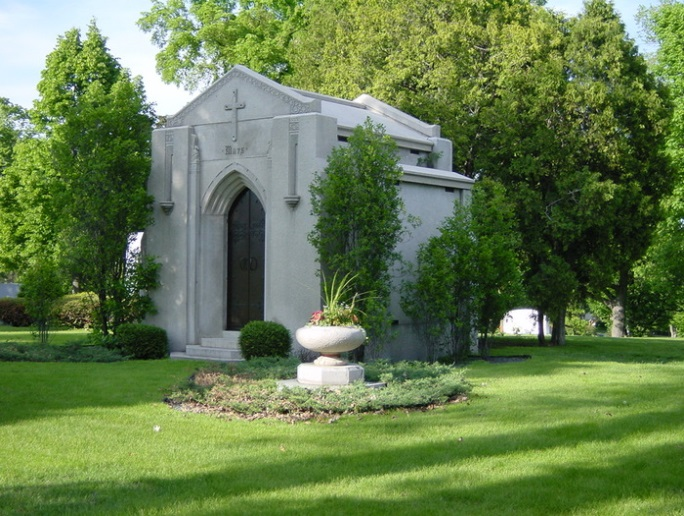
The Mars family Mausoleum in Section 31 at Lakewood.
Pearson’s Candy Company
The largest candy company based in Minnesota today, Pearson’s Candy Company started as a confectionary distribution firm in Minneapolis by P. Edward Pearson and four of his brothers in 1909.
They soon realized they could make more money by producing their own candy, and by 1912, they debuted their first manufactured product, the Nut Goodie bar. Their second product, the Salted Nut Roll, was released in 1933 at the height of the depression. It featured a white nougat center surrounded by caramel and peanuts. The popularity of this bar led to several copycats, like the Payday bar.
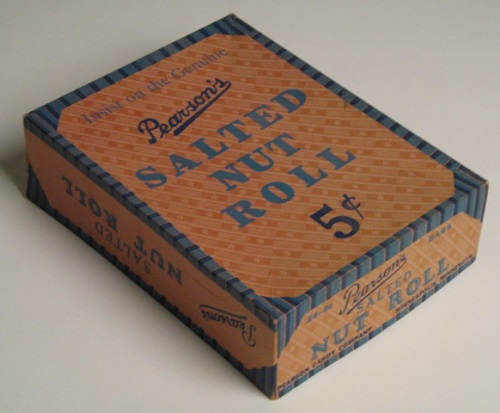
Vintage Pearson’s Salted Nut Roll Box. When this candy was first released, it sold for five cents.Source: Minnesota Historical Society
P. Edward Pearson died the same year the Salted Nut Roll was introduced. He is buried in Section 5 at Lakewood. His son, George, later joined the company in 1944 and ran it for 20 years. Under his leadership, the company expanded and brought more classic treats under the Pearson name. In 1951, Pearson’s acquired the Saint Paul based Trudeau Candy Company which made the popular Mint Patties. In 2013, Pearson’s acquired Bit-o-Honey.
Though the Pearson family sold the company in 1969, and it has changed hands several times, they are still based locally on West 7th Street in Saint Paul.
Abdallah Candies
Albert Abdallah began making candy in Minnesota around the same time as Pearson and Mars. Born as Ahmed Abdallah Melouhey, he immigrated to Minnesota from Lebanon in 1908 and changed his name. He married Swedish-American Helen Trovall soon after arriving.
He and his new bride opened the Calhoun Candy Depot at the corner of Lake Street and Hennepin Avenue in 1909. They renamed it the Abdallah Candy Company in 1916. By 1924, Abdallah’s shop expanded to include a restaurant and soda fountain.
The shop closed in 1935 during the Great Depression, but Abdallah continued to make candy for select clients. He believed there was more to candy making than the recipe, and he concentrated on learning new techniques. He was able to rebuild the business with a focus on making fine chocolates and caramels.
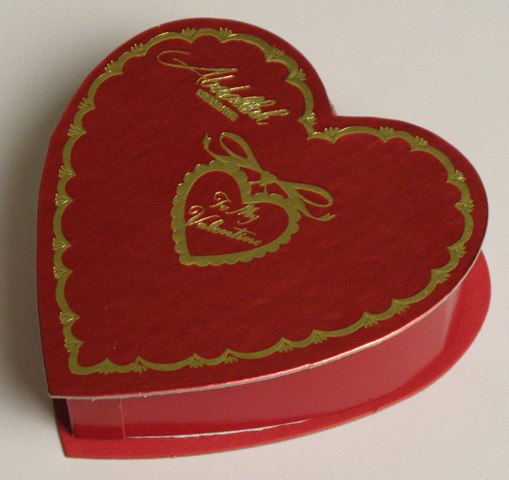
Heart-shaped box of chocolate candy made by the Abdallah Candy Company circa 1970-1990.
Source: Minnesota Historical Society
Abdallah opened a new shop without the restaurant in 1937, just a few blocks from the original location at Lake and Hennepin. In 1951, they expanded by opening a factory at 38th Street and Cedar Avenue in Minneapolis. Ten years later, Albert Abdallah retired and passed the business to his daughter, Marie, and son-in-law, Glenn Oletzke.
The business suffered another setback in 1964, when a fire caused by a gasoline truck explosion destroyed most of the factory building. But two years later, they open a new facility in Burnsville focused on wholesales, which also featured a gift store. This location had staying power — and the company remains in Burnsville today, as the third largest candy maker in the state. Albert Abdallah died in 1968, and his wife Helen died in 1976. They are both buried at Lakewood in Section 60.
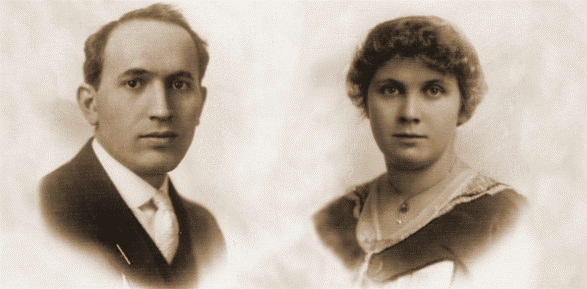
Albert Abdallah and Helen Trovall Abdallah.
Source: Abdallah Candy Company
To find the location of the Mars, Pearson and Abdallah memorials at Lakewood, use our burial search.
Article sources:
- Abdallah Candies. “Our Story.”
- Candy Industry. “2018 Global Top 100 Candy Companies.”
- Fleming, Jess. “Abdallah descendants mark Burnsville candy company’s 100th year.” Pioneer Press, July 26, 2009.
- Gessner, John. “Abdallah Candies looks to expand.” Sun This Week, February 27, 2014.
- Howard, Fran. “Minnesota is a sweet spot for candy makers.” MinnPost, February 12, 2013.
- Jenkins, Kathie. “Minnesota’s own Pearson’s Candy Co. turns 100 this month.” Pioneer Press, May 27, 2009.
- Mars. “Our History.”
- Milky Way Farm. “History.”
- Pearson’s Candy. “History.”
- Randall, Cherie. “Abdallah Candies; Four generations strong”. Hennepin History (Fall 2009).
